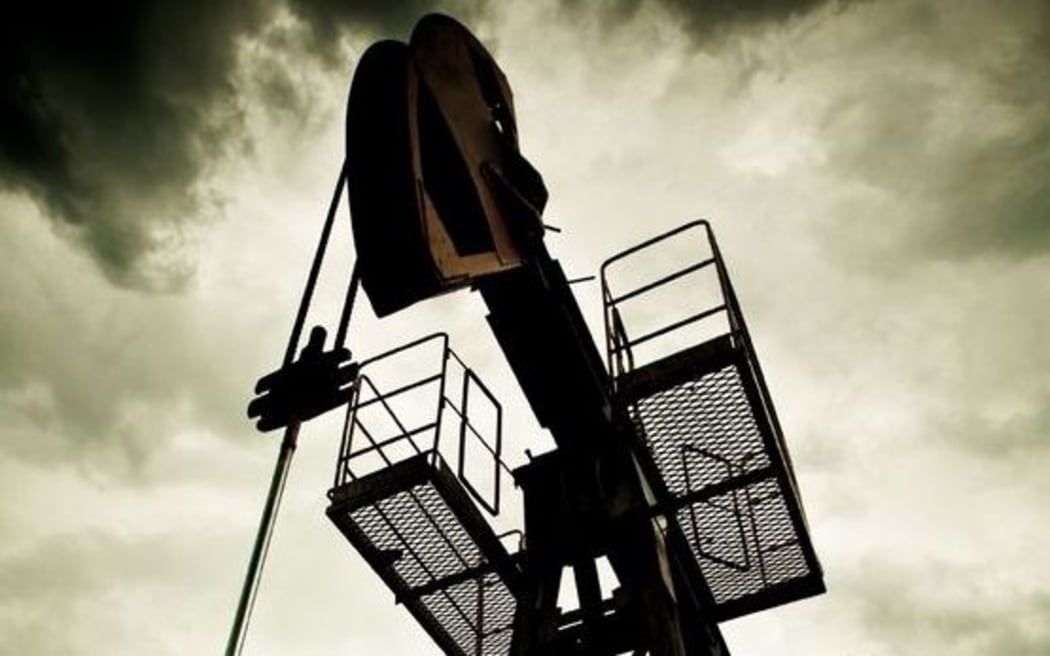The oil and gas industry has an unlikely ally in its support for the introduction of buffer zones around its Taranaki installations.
Environmentalists also back setting up the zones, but they want them to be kilometres wide.

Photo: 123RF
South Taranaki District Council wants to introduce buffer zones of between 150 and 300 metres around rural industries as part of its new district plan.
Farmers say the zones will come at their expense because they would need to get resource consents to build on their own property.
But Petroleum Exploration and Production Association chief executive, Cameron Madgwick, said the industry required them.
"There are some pretty sound reasons for these setbacks needing to be in place largely for operational and health and safety reasons.
"Really we're supportive of formalising these setbacks through the Resource Management Act process."
Mr Madgwick said the zones were not about asserting more control over farmers' land.
"I mean all sorts of activities require resource consent whether they are next to an existing activity or not and that's about managing the multiple layers of activities taking place in any one time. It's not prioritising one over the other."
The association wants setbacks to be standardised at 200 or 300 metres, but in their submissions environmentalists have asked for zones of up to 2km.
Taranaki Energy Watch spokeswoman Sarah Roberts said that reflected the industry's own emergency plans.
"The effect of something happening such as a well blow-out or a gas release or an LPG bullet blowing, they can have fatality effects of up to 600m or even further.
"So what we're saying is use the evidence, use the science and actually show how big these zones should be."
Ms Roberts said that industry should absorb the costs of any buffer zone.
"The farmers should not be paying for the oil companies to have this buffer zone. The oil companies need to be able to internalise their overset.
"So if their oversets are going to extend to 1000m to 2000m they have to be at the cost of the companies."
Submissions to the district plan close on 29 January and public hearings will begin in March.


